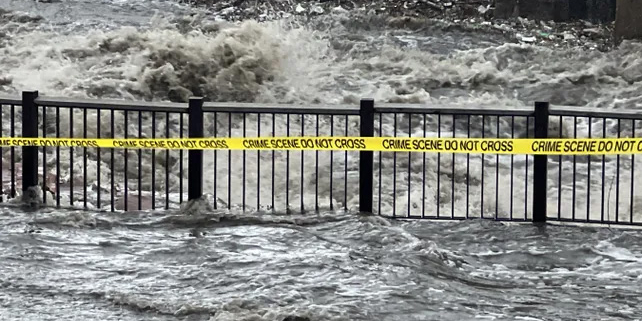Flood Safety: How to Prepare and Protect Yourself
Floods are among the most common natural disasters, affecting millions of people globally each year. Whether caused by heavy rainfall, storm surges, or the rapid melting of snow, floods can lead to devastating consequences, including loss of life, property damage, and environmental destruction. Being prepared and knowing how to respond during a flood can significantly reduce the risks. Here’s a comprehensive guide on flood safety to help you protect yourself and your loved ones.
Understanding Flood Risks
Flood risks can vary based on geographical location, climate patterns, and the season. It’s important to understand the types of floods that could impact your area:
- Flash Floods: These occur suddenly due to heavy rainfall, dam breaks, or levee failures. They are characterized by rapid water rise and strong currents.
- River Floods: Occur when rivers overflow their banks due to prolonged rainfall or snowmelt.
- Coastal Floods: Caused by storm surges, hurricanes, or tsunamis affecting coastal areas.
- Urban Floods: Happen in cities due to inadequate drainage systems overwhelmed by heavy rains.
Before a Flood: Preparation is Key
1. Know Your Risk:
- Check flood maps and local flood history to understand your area’s flood risk.
- Sign up for emergency alerts from local authorities.
2. Create an Emergency Plan:
- Develop a family emergency plan, including evacuation routes and communication strategies.
- Identify a meeting place if family members get separated.
3. Build an Emergency Kit:
- Include essentials like water, non-perishable food, medications, first aid supplies, flashlights, batteries, and important documents.
- Don’t forget supplies for pets.
4. Protect Your Property:
- Elevate electrical appliances and utilities above potential flood levels.
- Install sump pumps and backflow valves.
- Use sandbags or barriers to protect your home if a flood warning is issued.
5. Purchase Flood Insurance:
- Regular homeowners’ insurance does not cover flood damage. Ensure you have adequate coverage through the National Flood Insurance Program (NFIP) or private insurers.
During a Flood: Stay Safe and Informed
1. Stay Informed:
- Listen to weather updates and emergency instructions via radio, TV, or mobile apps.
2. Evacuate If Necessary:
- If local authorities issue an evacuation order, leave immediately.
- Follow designated evacuation routes and avoid shortcuts.
3. Avoid Floodwaters:
- Do not walk, swim, or drive through floodwaters. As little as six inches of moving water can knock you down, and two feet can sweep away a vehicle.
- Stay away from downed power lines and electrical wires.
4. Move to Higher Ground:
- If trapped, move to the highest level of your home. If necessary, get on the roof and signal for help.
5. Practice Electrical Safety:
- Turn off the electricity at the main breaker if it’s safe to do so.
- Do not touch electrical equipment if you are wet or standing in water.
After a Flood: Recovery and Safety
1. Return Home Safely:
- Wait for local authorities to declare it safe before returning home.
- Inspect your home for structural damage. Do not enter if there is a risk of collapse.
2. Clean Up Safely:
- Wear protective clothing, gloves, and masks to avoid contamination from floodwaters, which can contain sewage and hazardous materials.
- Discard any food, water, or medication that came into contact with floodwaters.
3. Prevent Mold Growth:
- Dry out your home as quickly as possible. Use fans, dehumidifiers, and open windows.
- Remove and discard porous materials like carpeting and drywall that were soaked.
4. Document Damage:
- Take photos and videos of the damage for insurance claims.
- Keep receipts for any repairs or replacement items.
5. Seek Assistance:
- Contact local disaster relief organizations for help and resources.
- Apply for federal disaster assistance if available in your area.
Conclusion
Floods can strike with little warning, but with proper preparation and knowledge, you can protect yourself, your family, and your property. Stay informed, make a plan, and take proactive measures to mitigate flood risks. Remember, safety is the priority. By following these guidelines, you can navigate through the challenges of a flood and emerge resilient.
Stay safe and stay prepared!






Leave a Reply
Want to join the discussion?Feel free to contribute!